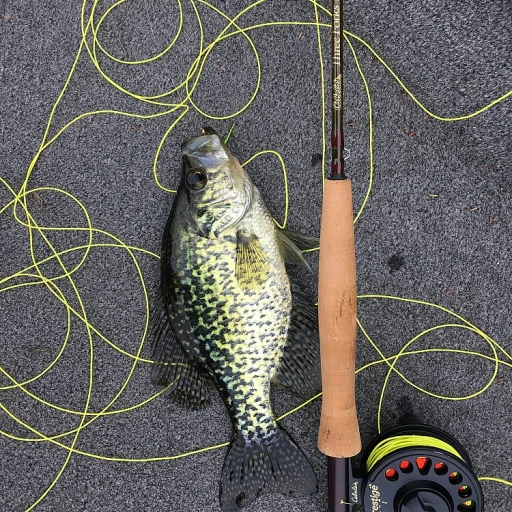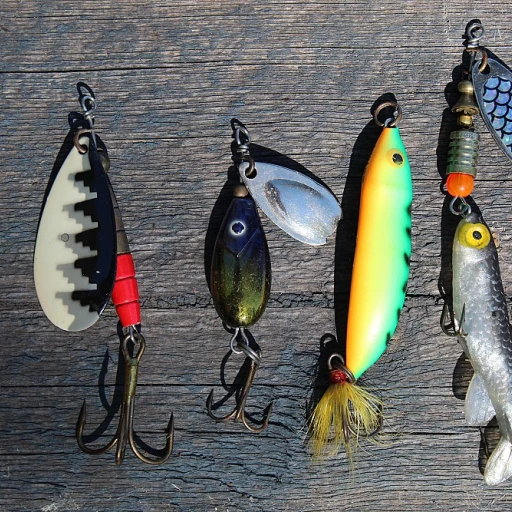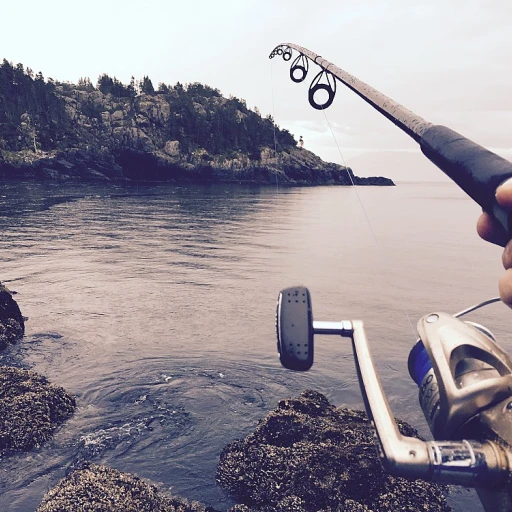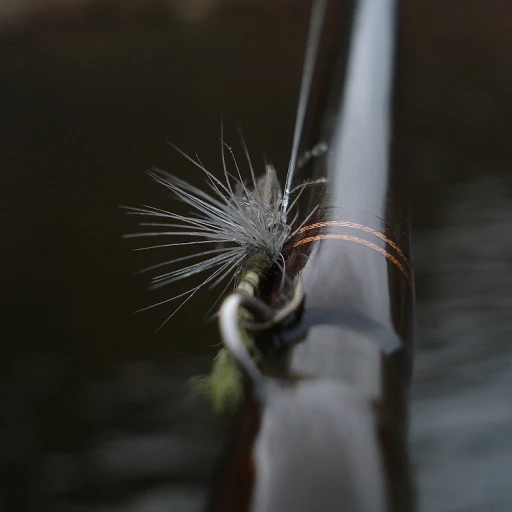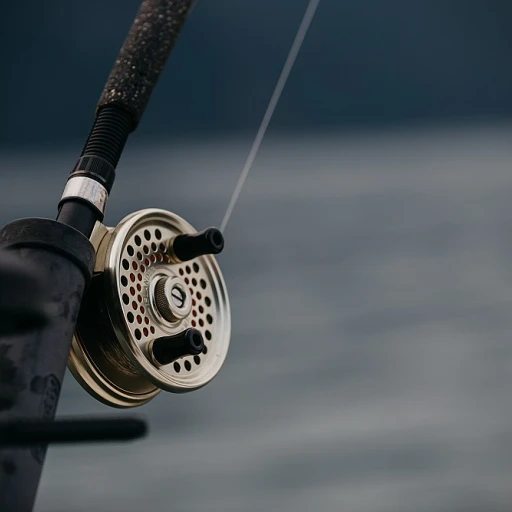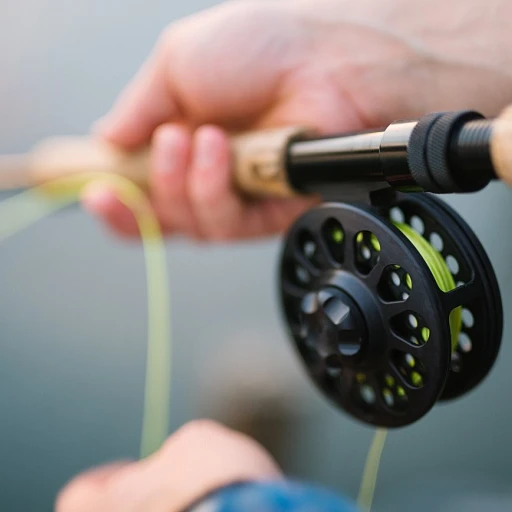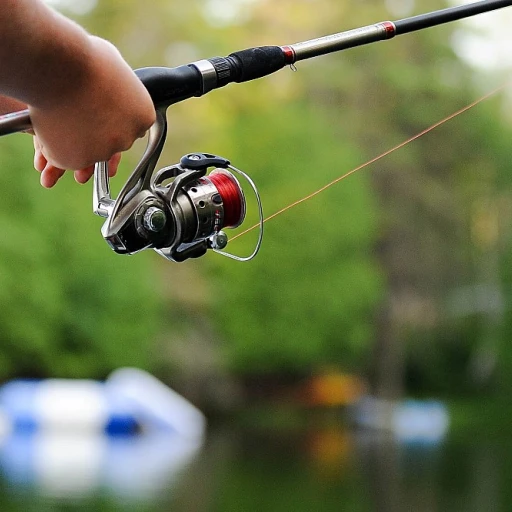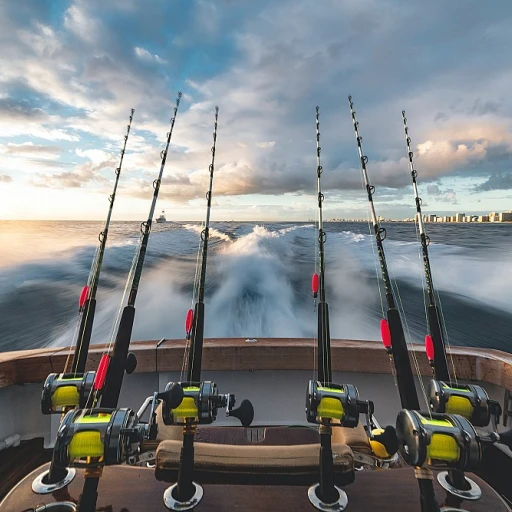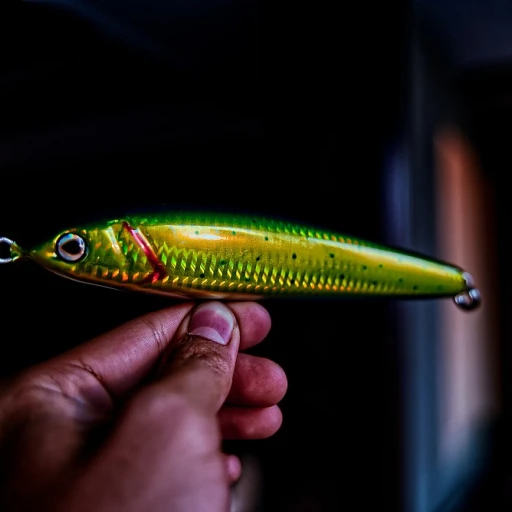
Understanding the Benefits of Electric Trolling Motors
Why Opt for an Electric Trolling Motor?
Understanding the advantages of electric trolling motors is crucial for any angler looking to elevate their fishing game on a pontoon boat. These motors provide a quieter and more efficient alternative to traditional outboard motors, allowing for a more tranquil and enjoyable fishing experience.- Noise Reduction: Electric motors operate with minimal noise, granting you the stealth advantage needed to avoid scaring fish away. This means you can approach your favorite fishing spots with ease, ensuring a successful day on the water.
- Eco-Friendly: Unlike gas-powered motors, electric trolling motors are environmentally friendly, helping to reduce your carbon footprint while preserving the serenity of nature.
- Precision Control: With the ability to maneuver with pinpoint accuracy, electric trolling motors enable you to position your boat expertly, even in challenging water conditions. This increased control can make a significant difference in your fishing success.
- Reduced Power Consumption: Their efficient design means that electric trolling motors consume less power. This reduced power consumption is critical when you're out for long durations, ensuring your deep cycle battery lasts throughout your fishing expedition.
- Simple Maintenance: These motors generally require less upkeep than their gas counterparts, translating to less time spent on maintenance and more time for fishing.
Choosing the Right Electric Trolling Motor for Your Pontoon Boat
Finding Your Ideal Motor: Factors to Consider
Selecting the perfect electric trolling motor for your pontoon boat involves several key considerations. Among them, power and thrust are crucial elements that can greatly influence your fishing experience. When determining the required thrust, consider the weight of your pontoon boat. A general rule of thumb is that you need at least 2 pounds of thrust for every 100 pounds of fully loaded boat weight. Opting for a motor with sufficient power is essential to ensuring smooth navigation through the water.Shaft Length: A Critical Measurement
The shaft length of the trolling motor must be compatible with your pontoon's design. This prevents issues when raising or lowering the motor into the water. Too short a shaft can lead to ineffective operation, while a long one may obstruct navigation or cause damage. Manufacturers like Minn Kota offer a variety of models to suit different pontoon boats, so ensure you measure carefully to find the right fit.Battery and Mounting Options
Electric motors require a reliable battery, such as a deep cycle one, to ensure long-lasting performance during your outings. Consider battery placement and charging requirements when planning your setup. Additionally, selecting an appropriate motor mount is essential for stability. Some modern models offer a quick release option, allowing for easy installation and removal. For more guidance on optimizing your fishing setup, improving your deep water trolling with a large yellow feather lure might also boost your success. Overall, when choosing a trolling motor for your pontoon, your decisions on thrust, shaft length, battery, and mounting options will have a significant impact on your fishing trips. Prioritize these considerations to enhance your overall experience.Installation Tips for Electric Trolling Motors on Pontoon Boats
Seamless Integration for Optimal Performance
Installing an electric trolling motor on a pontoon boat might seem challenging, but with the right steps and considerations, it can be a smooth process leading to enhanced fishing experiences. Understanding the nature of your boat's star construction and how it interacts with the motor mount is crucial to a successful installation. First, ensure that you choose a motor with adequate thrust for your boat's size and weight. Pontoon boats often require a higher thrust due to their design. Outboard motors like the popular Minn Kota models provide reliable power and efficiency. The thrust should be sufficient to counteract water currents and winds, contributing to a stable fishing environment. When preparing to install your motor, attention to the shaft and shaft length is vital. This ensures that your motor will be at the right depth in the water to achieve optimal performance. For pontoon boats, selecting the correct shaft length is often overlooked but plays a pivotal role in maneuverability. Gauge the battery requirements, as electric trolling motors rely on robust deep cycle batteries to perform effectively. Planning your battery setup will help you maintain power throughout your fishing trips. Consider the use of a quick release bracket for flexible mount options. It allows you to quickly and securely attach or detach the trolling motor, making it easier to store or replace when needed. Visit this resource for additional techniques that can further enhance your fishing setups. Online forums often provide user-generated insights into the installation process of trolling motors, helping you understand potential pitfalls and best practices from experienced anglers. Leveraging these collective experiences can ease your installation journey and ensure that your trolling motor enhances your fishing adventures with minimal hiccups.Maintenance and Care for Your Electric Trolling Motor
Keeping Your Trolling Motor in Prime Condition
Maintaining your electric trolling motor for your pontoon boat is essential for ensuring optimal performance and longevity. Just like other components of your boat, the trolling motor requires regular care. Here are some tips to keep it running smoothly:
- Regular Cleaning: After every fishing trip, rinse the motor with fresh water to remove any salt, algae, or debris. This helps prevent corrosion, especially in saltwater environments.
- Battery Maintenance: Regularly check your deep cycle battery's charge level and clean the terminals. Proper battery maintenance is crucial for maintaining the power supply needed for your electric outboard.
- Shaft Inspection: Inspect the shaft for signs of wear or damage. Ensure that it's free from debris and that there are no obstructions that might affect performance.
- Storage Considerations: When the motor is not in use, store it in a dry, cool place to avoid moisture build-up which can lead to electric motor issues.
- Regular Lubrication: Lubricate the moving parts to reduce friction and enhance the motor's durability. Regular lubrication will help maintain smooth operation.
- Check for Loose Connections: Regularly inspect electrical connections and tighten any loose ones. This ensures a reliable power supply and prevents potential motor failures.
Understanding how to maintain your trolling motor not only safeguards your investment but also contributes to a more efficient and enjoyable fishing experience. A well-maintained motor will provide reliable thrust for better maneuverability and control, allowing you to focus more on catching that prized fish. For those passionate about enhancing their fishing gear, don't miss out on exploring the benefits of pairing your motor with a reliable pontoon trolling setup.
Maximizing Fishing Success with Electric Trolling Motors
Boosting Your Fishing Success with Precision and Control
When it comes to maximizing your fishing success, electric trolling motors are a game changer for pontoon boats. Their ability to provide precise control over the boat's movement and speed on the water allows anglers to position themselves accurately for the best catch.- Thrust and Shaft Length: The right thrust and shaft length ensure your motor pontoon operates efficiently against water currents. Whether you're dealing with a shallow pond or a deep cycle lake, having adequate thrust lets you glide effortlessly while maintaining a stable position to focus on fishing.
- Powerful and Silent Motors: Electric trolling motors, like those from Minn Kota, offer quiet operation, which is crucial for staying stealthy and not scaring away fish. Electric outboard motors achieve this through an optimized design and thoughtful placement of components, reducing any noise that might disturb the water's residents.
- Advanced Features: Many modern electric motors come equipped with advanced features such as GPS-based autopilot or ‘spot-lock’ technology. These functionalities allow you to lock your boat in a specific location or set it to follow a certain path, simulating the natural drift that fish find appealing.
- Battery Management: To withstand long fishing trips, battery management is crucial. Investing in deep cycle batteries ensures prolonged power supply for your trolling motors, while forums general and communities often provide insights on the best practices for battery longevity.


